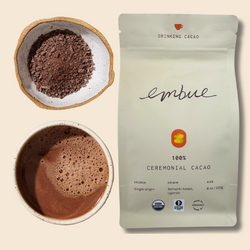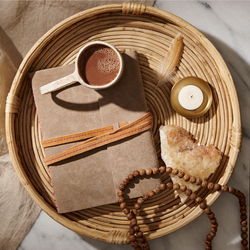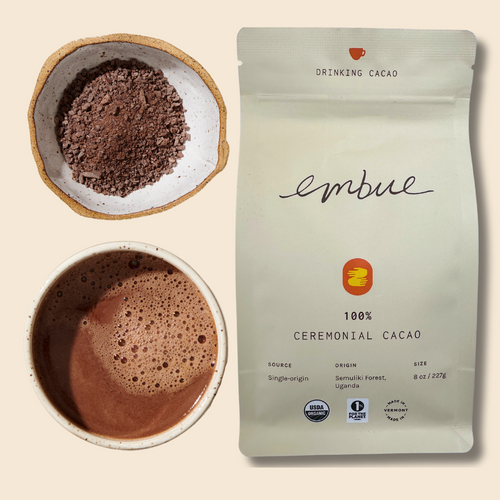Celebrating The Fall Equinox
Seasonal Celebrations are more than a quick nod to the changing of seasons. They are a practice that helps place us within the natural world. They remind us to live as if the specific place we call home matters. The more rooted we are to the land beneath our feet, the more intimately we know it and the more able we are to treat it with reverence & respect.
The change we are acknowledging happens whether we take time in ceremony or not, but ceremony is a powerful tool humans have to help us transition with more intention and openness to both the loss of what was, and the gifts of what is to come. In this, we are expressing our full presence to what is.
This year, the Fall Equinox falls on Thursday, September 22nd and marks the official beginning of Autumn. This changing of seasons is also known as Mabon or The Autumnal Equinox and has a long history of being celebrated in the northern hemisphere.
The Fall Equinox is the “mid-harvest” time (before the full harvest is complete and celebrated at Thanksgiving) where the growing season is winding down and much is harvested from the fields. It is a time of beginning to put up food for the winter in colder climates and a reminder of the the lean times to come.
Here in Vermont, the leaves are just starting to change, and the nights have gotten colder, giving us a boost of energy to get all fall projects wrapped up, including the classic stacking of cordwood, canning & freezing produce, and putting the gardens to bed.
Regardless of where you are, these quarterly markers of the balance between dark & light are great opportunities to build connections to the land and also to build community through ritual & celebration. Whether solo or with your village, these practices help us cultivate gratitude for the beauty and abundance of the land.
Ways to Celebrate the Fall Equinox:
Apples
This classic symbol of the fall and nature’s bounty is a great way to connect with the seasons. Find a local orchard to do some picking. Make a delicious apple crisp or pie. If you have access to a press, press some cider. You can use cider as a cold drink, warm and mulled, or even to make your own hard cider or apple cider vinegar.
Ancestors
In many traditions, the fall is a time of honoring our ancestors (think Halloween/Samhain). Those who came before us can be given a place at the table of our lives (or literally at our eating table). Whether we like it or not, we stand on the shoulders of all who come before us, and to paraphrase author Stephen Jenkinson, how we treat our own ancestors is directly correlated with how we will be treated when we become ancestors to those to come. There are many ways to stay connected to our ancestors, from an ancestor altar to an ancestor feast. The common theme is not letting ourselves lose them by proceeding as if they matter.
Put up some food
A pantry full of homemade food is a thing of wonder! Our kids love counting the jars of pickles, applesauce, tomato sauce, and anything else we put up to see the abundance. There is nothing quite like putting in the hard work to put up a year’s supply of something, even if it’s just hot sauce, and then enjoying it for the year to come. If you don’t have a garden, check out your local farmers market and pick something to can, preserve or freeze. You’ll be delighted each time you crack open a new jar or bag in the winter months to come.
Food Swap/Collection
Organize a community food swap where everyone brings the abundance from their own preserving efforts and trades for what they don’t have. Got too many pickles? Trade from some canned peaches! This is a great way to build community and diversify your food storage. You can also pair this with a food collection for those in need.
Of course, brewing up a warm mug of cacao with any of these practices with help you drop in more fully and from the heart. Ceremonial cacao is a beautiful addition to any ceremony, gathering, or even just to go with your fall canning efforts!
Whether you’re new to seasonal celebrations or an experienced ritualist, it’s a great practice to come back to a beginner’s mind and find joy and connection in the simple act of honoring the natural world around us. The more we do, the more we are reminded of our place in the world and the endless gifts of nature that sustain and nourish us.








